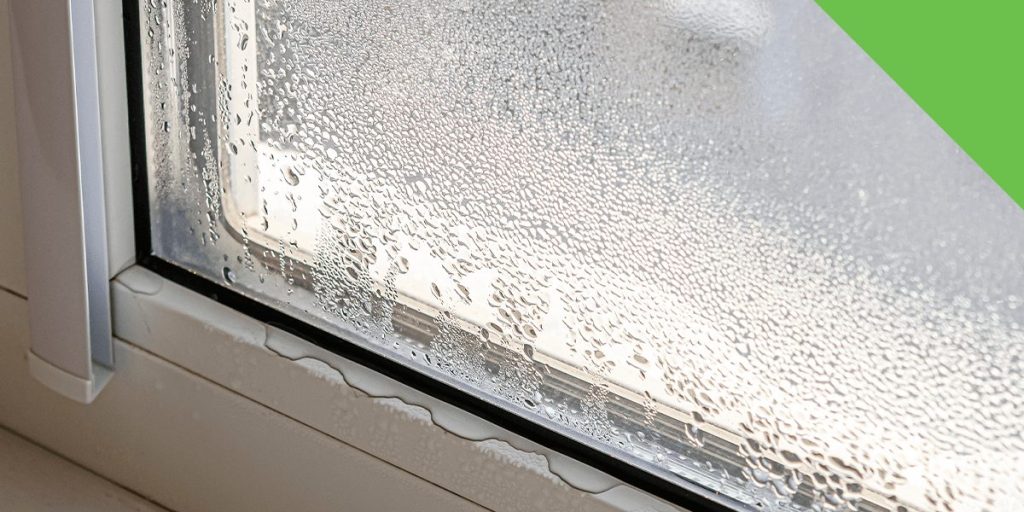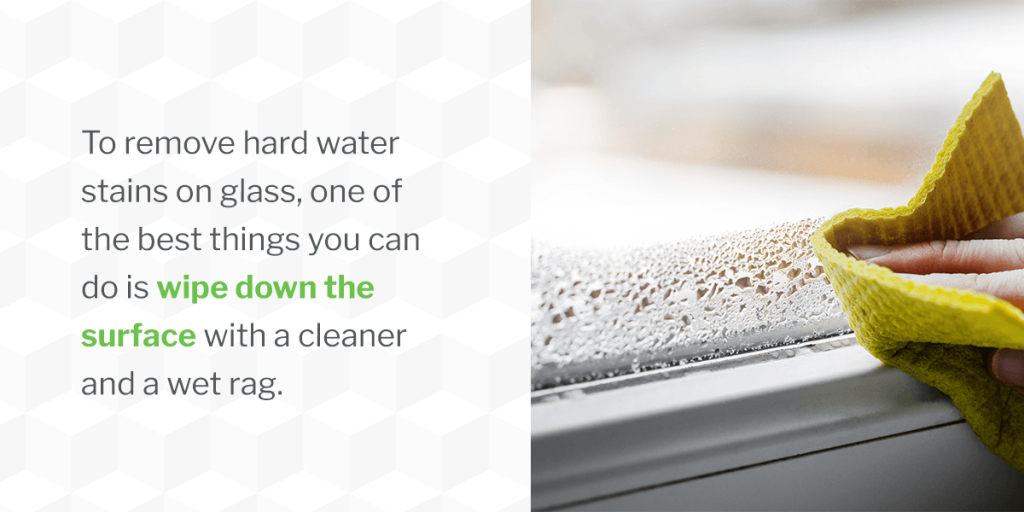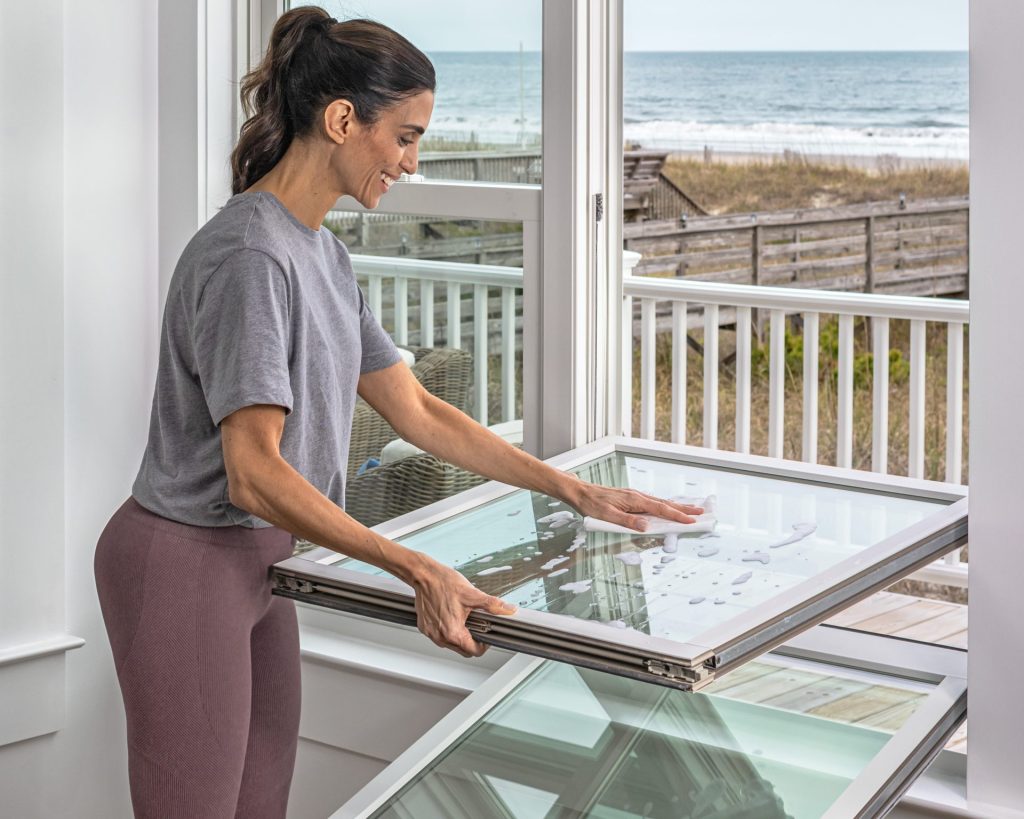

If your home experiences high amounts of condensation, you may be looking for ways to remove water stains from your windows. With home remedies and humidity prevention tactics, avoiding window water stains can improve the quality of your home overall.
Condensation is a collection of water droplets contained on a cold surface. When humid air comes into contact with windows, it often creates condensation. Walls usually won’t collect condensation due to their insulation. Once you’ve identified the areas where window condensation occurs in your home, such as the inside, outside or between the panes, you can follow specific steps to prevent future condensation.
One of the best ways to prevent future condensation is to learn why condensation occurs in certain areas of your home. Whether you need to replace door seals or experience high humidity indoors from inadequate ventilation, focus on the inside and outside of the house and discover why condensation might occur.
Condensation may occur on the interior side of the window when humid air contacts cool glass. It is prevalent in the winter, as the air outside may be colder and drier than in other seasons. When the indoor air is warm or humid, and the air outside is cold and dry, condensation is likely to occur.
Activities such as cooking and showering may also create more humidity inside. In other cases, homeowners with drafty doors or windows may experience more condensation due to loose seals and air infiltration. You may need to replace your seals to lock in cool air and lessen condensation inside, as excess humidity can lead to mildew or mold growth.
Condensation may occur on the exterior side of the window when humidity levels are higher outside, especially during the summer months. The glass may be cooler, and condensation may occur when it comes into contact with warm air. Condensation outside the window may also occur during clear night skies, days with little wind or high humidity.

To remove hard water stains on glass, one of the best things you can do is wipe down the surface with a cleaner and a wet rag. Consider the type and function of your windows to decide how best to clean them and remove the water stains. For example, the outside of double hung windows can be cleaned from inside since they often come with flip-down features.

Here are a few ways to clean your windows:
Preventing hard water stains can improve the quality of your windows and mold and mildew growth. Here are five steps to avoid water stains inside your home.
Using a dehumidifier in your house can lessen the amount of water in the air, eliminate odors and prevent the growth of mold, mildew and bacteria. A dehumidifier will also reduce the amount of condensation on your windows.
Because kitchens and bathrooms produce the most moisture, using a fan while cooking and showering can prevent a buildup of condensation. It also helps if you cover pots and pans while cooking to reduce the release of steam or leave the bathroom fan running after a shower to reduce condensation buildup.
Leaving the doors open can circulate air throughout the home and reduce condensation. You can also turn on fans to move the air around the house or open the windows on clear days.
Trimming the shrubs or trees around your doors and windows can promote proper air circulation and allow the sun to warm your windows. When the dew evaporates off your exterior windows, condensation is less likely.
By raising the temperature of your air conditioner, you can keep the window’s glass warmer and prevent condensation.
There are a few steps you can take to avoid water stains on glass. Whether you want to learn how to get water stains off outside windows or interior panes, keeping track of each humid area in the home can prevent stains in the future.
Here are some tips to help you prevent water stains:
The team at Renewal by Andersen serves customers with replacement windows and doors to enhance their homes. Improve your home insulation and lower condensation with our energy-efficient windows. To get started, contact us online today or call us at (866) 609-5033.
